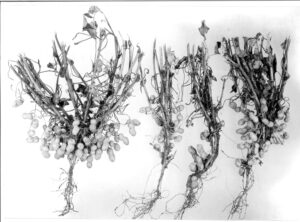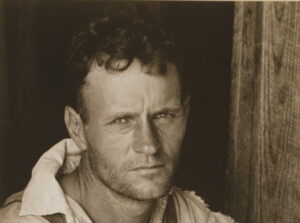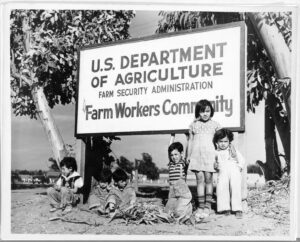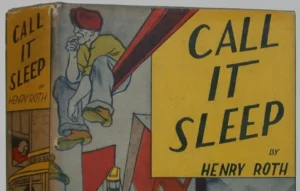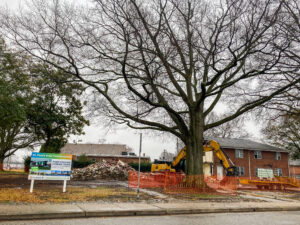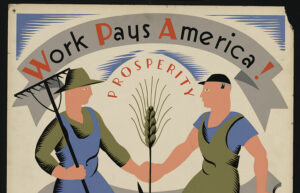
Going Forward from the Edge of the Abyss
Trump has no new coalition; he can’t because those “groups” aren’t real as groups, and people identify with them largely around thin identities more like consumer taste “communities” or partisan fans of sports teams. This is not to say that the reified categories couldn’t become constituencies on the same principal as the Heisenberg effect; part of the beauty of interest-group politics is that tossing some resources around will produce constituencies—or at least people who claim to speak for them.


